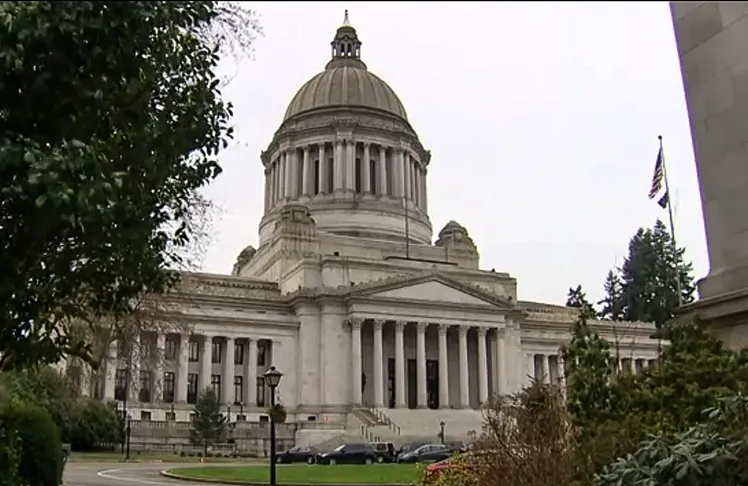
In the 2024 presidential election, Washington State exhibited the smallest rightward shift among all states. However, it is no longer accurate to claim that the state trended more Democratic after three weeks of vote counting. Unlike many states, including traditionally liberal strongholds such as California, New York, and New Jersey, Washington did not see a significant improvement in President-elect Trump’s performance compared to 2020. Trump secured 39.01% of the votes in Washington this year, a slight increase from the 38.77% he garnered in 2020, reflecting a gain of roughly one-quarter of a percentage point, as reported by the Washington Secretary of State’s office.
These figures are based on the ballot counts finalized by Tuesday, the certification deadline for Washington’s 39 counties. Factors such as the state’s tech-centric economy, higher-than-average education levels, and dependence on global trade might have contributed to the limited impact of Trump’s economic message.
Democrats regard this election cycle in Washington as a significant triumph, having won all statewide elected offices, successfully opposing three out of four conservative-backed ballot measures, and potentially gaining one to two seats in the state legislature.
The state’s relatively high income levels also played a role. Due to high home prices and real wage increases, Washington residents were less affected by inflation. Meanwhile, Jim Walsh, chair of the state Republican Party, highlighted in a news release that the results indicate Republicans are “becoming more competitive overall” in the Evergreen State.
Economic factors can significantly influence voter behavior as higher-income voters might prioritize tax policies and economic growth strategies that favor investment and business development. Lower-income voters often focus on issues like minimum wage, social welfare programs, and healthcare affordability.
States with dominant industries (e.g., tech in Washington, oil in Texas) may vote based on policies affecting those sectors. Voters are likely to support candidates who promise to protect and expand local job markets related to their key industries. In areas with high living costs, voters might prioritize affordable housing, transportation, and cost-of-living adjustments.